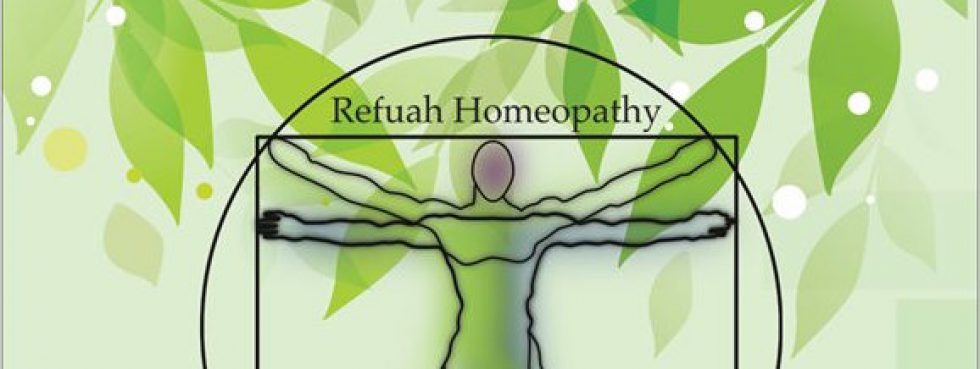7.1.2016 | 12:36
In its original substance form, Kali bichromicum is better known as potassium bichromate. It is an orange compound that is destructive and poisonous on contact with most materials, including metal, as well as on people. This is used today in dye manufacturing, photography, and batteries.
(more…)
6.1.2016 | 14:01
In its original, non-homeopathic form, antimonium tartaricum is a combination of antimony and potash. When ingested, it induces bodily secretion which can produce vomiting and purging. It can also lead to paralysis and expel intestinal worms.
(more…)
31.12.2015 | 11:34
In Greek, Phosphorous means “bearing light.” The element was given this name because it shines in the air when put into a darkened area. It was first discovered in 1669 by a German merchant. See here for more details.
(more…)
30.12.2015 | 13:58
Also known as English mandrake or white bryony, is a gourd plant with origins in Europe and northern Iran. It is known to be an injurious, poisonous plant that can destroy other nearby plants and grows extensively on fences and structures.
(more…)
28.12.2015 | 19:20
Arsenicum album is made from arsenic poison, a very toxic and painful substance that has been in extensive use for centuries. It was used by Mongolians in tiny doses for endurance and by others for poisonings. It’s rumored Napoleon died by arsenic poisoning.
(more…)
24.12.2015 | 15:26
Mercurius comes from mercury. When mercury in its actual form is ingested, it can poison the victim slowly and cause violent pains. The homeopathic remedy treats similar symptoms gently.
(more…)
23.12.2015 | 12:57
Allium cepa is derived from red onion. Homeopathically, this remedy is used in more acute cases, especially for acute colds and hay fever. It is considered one of the top coryza remedies.
(more…)








